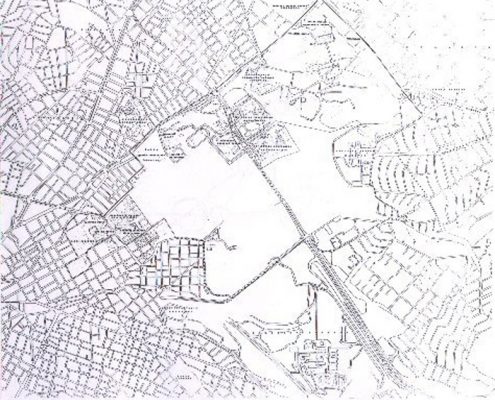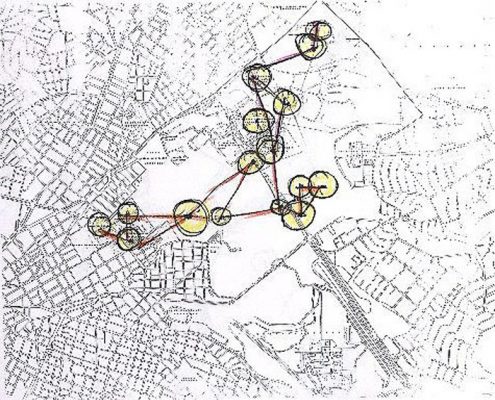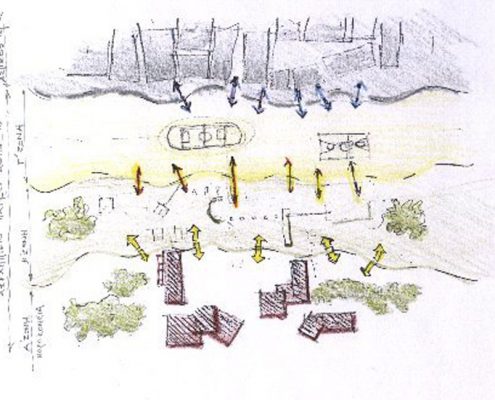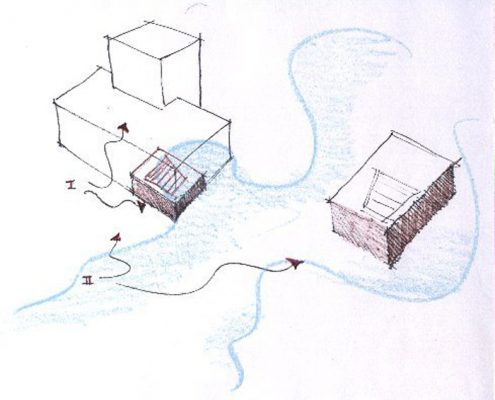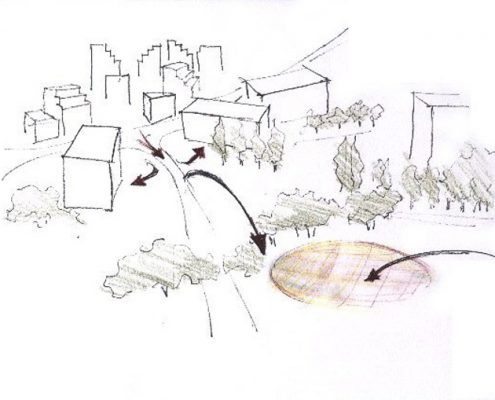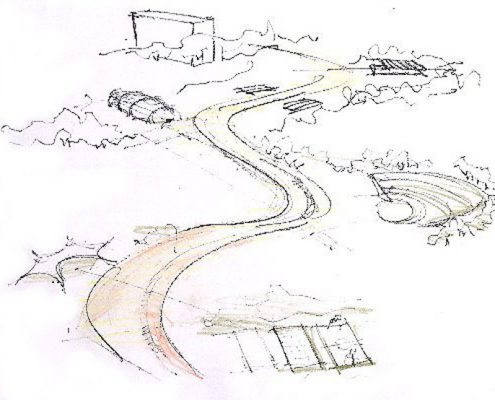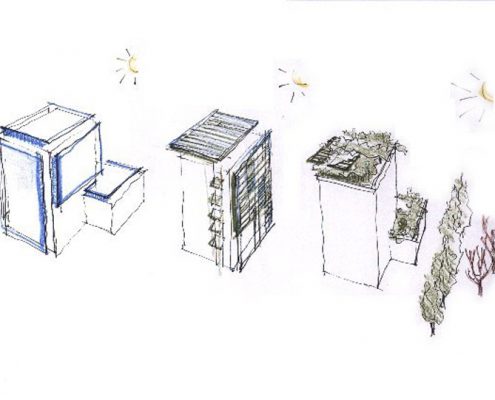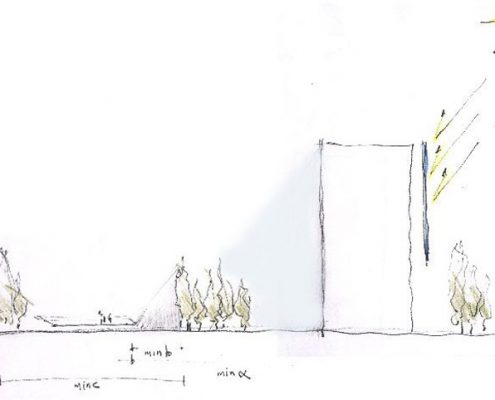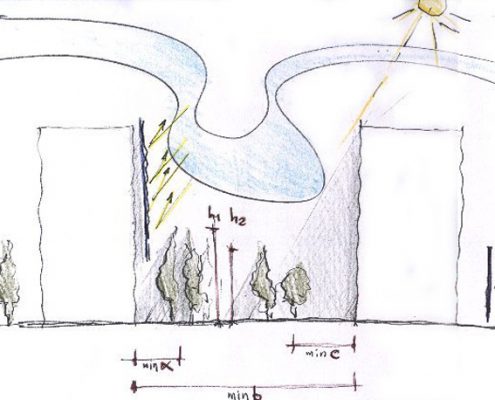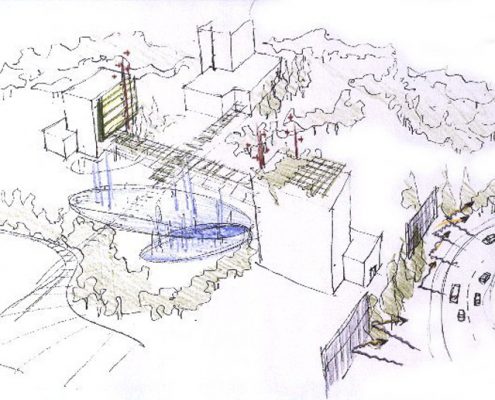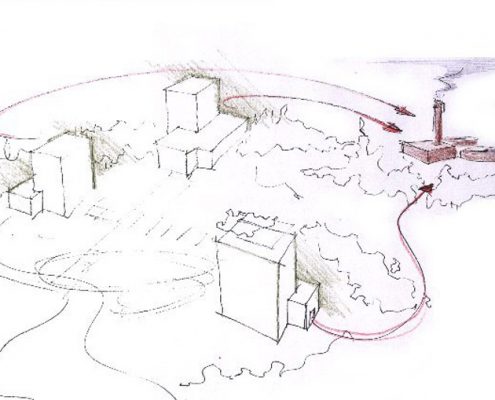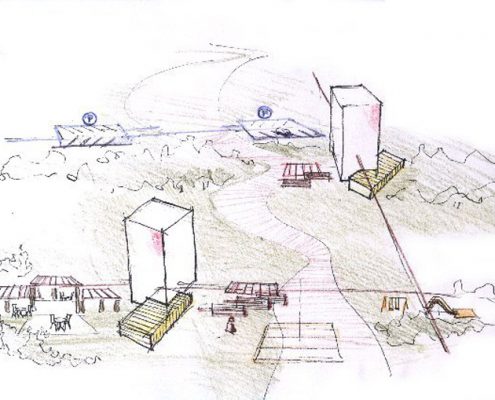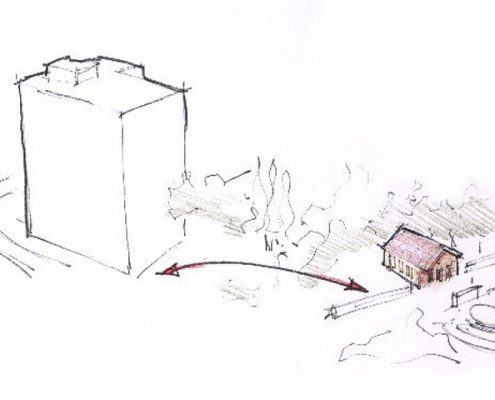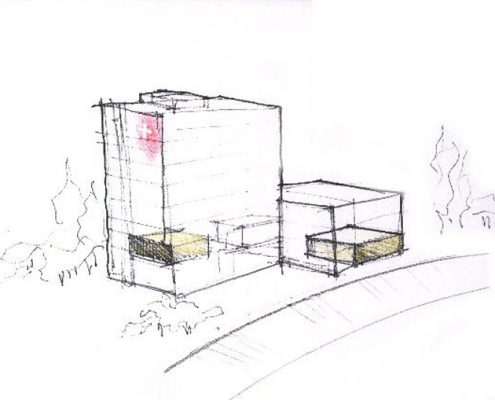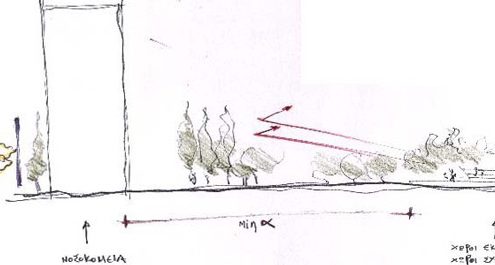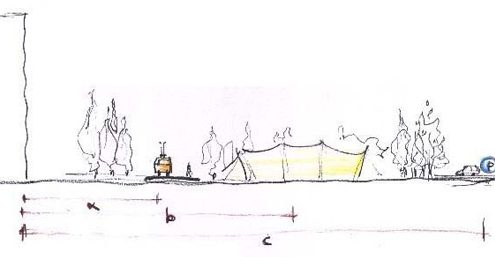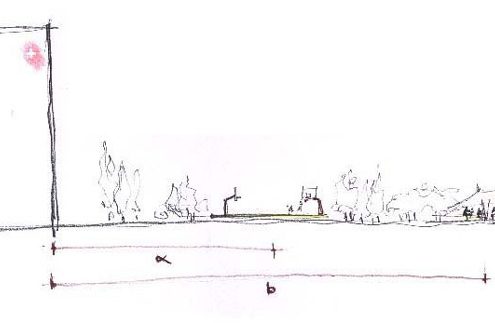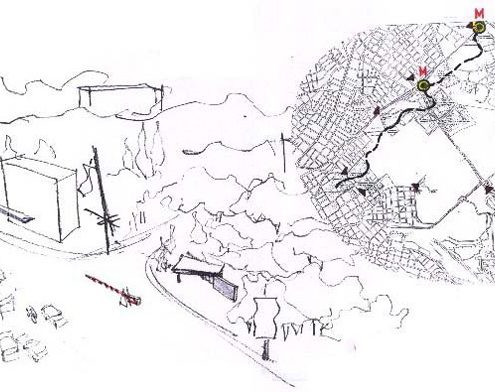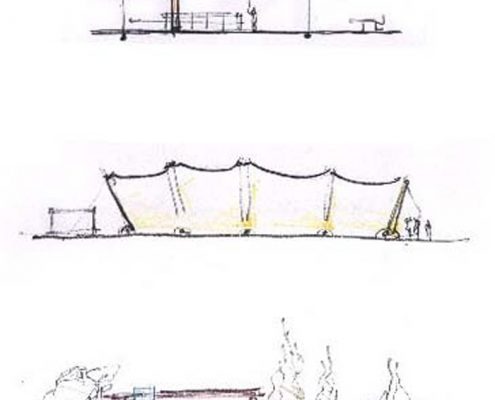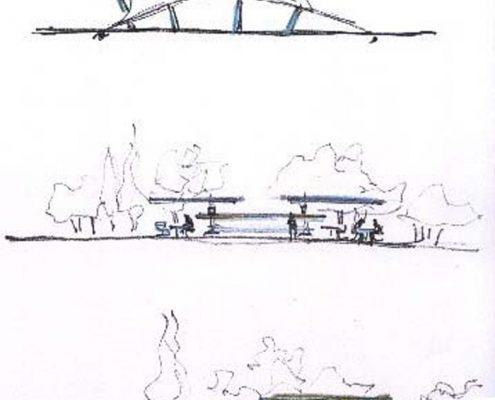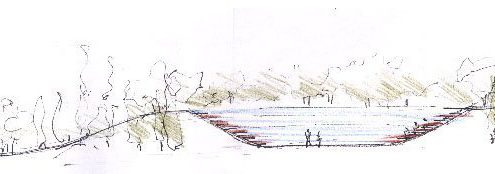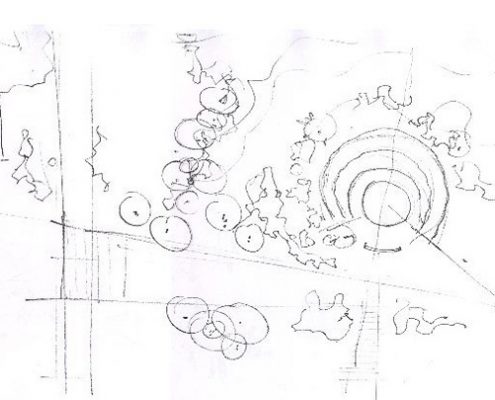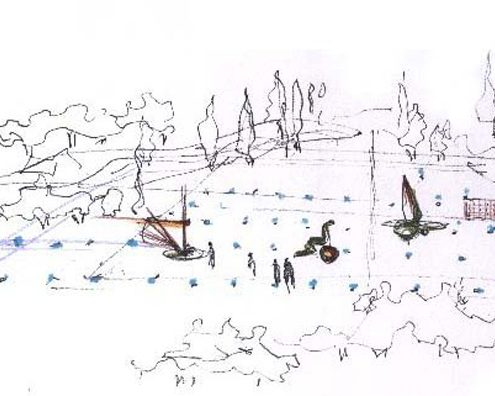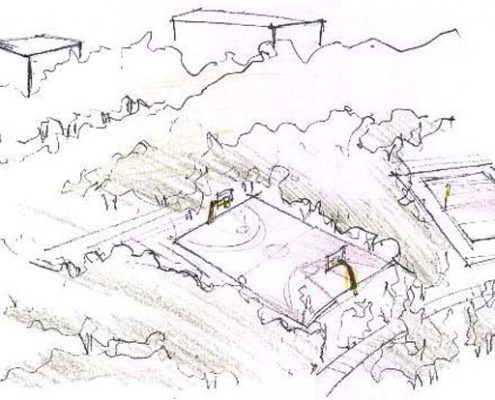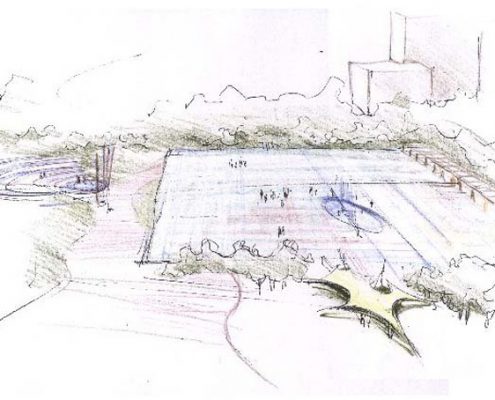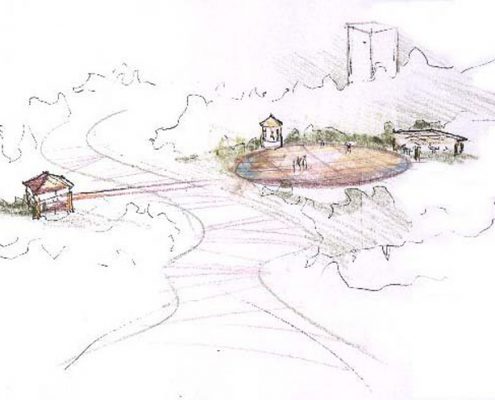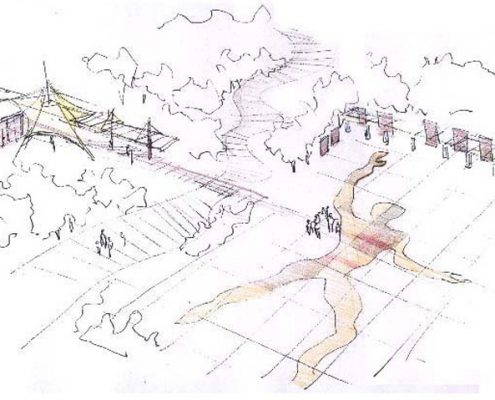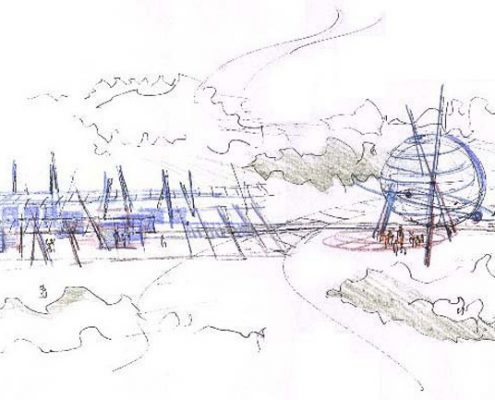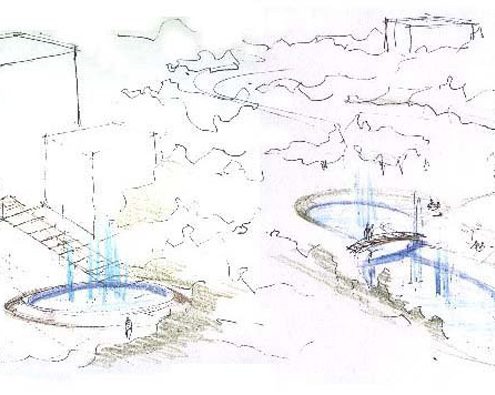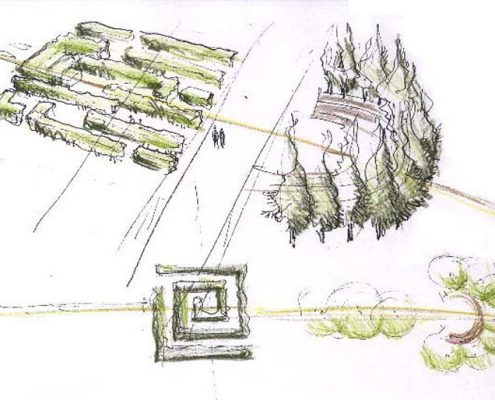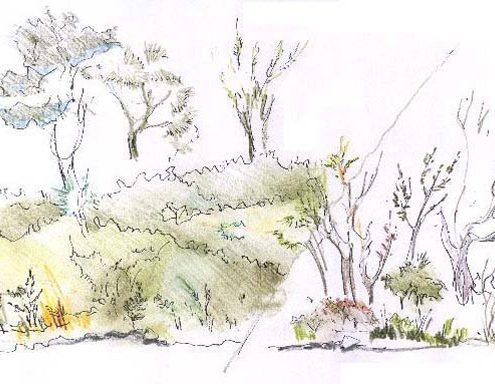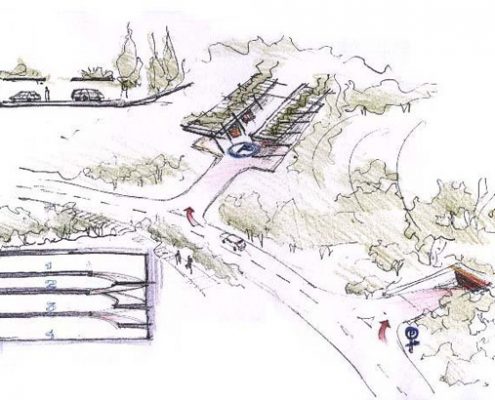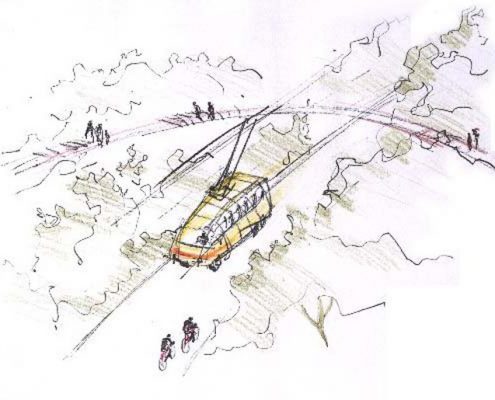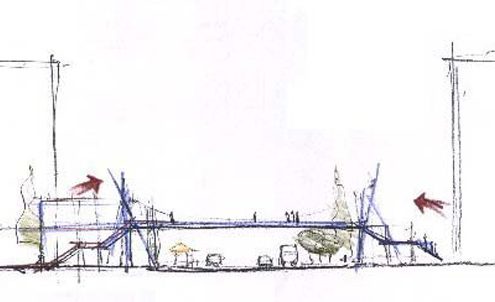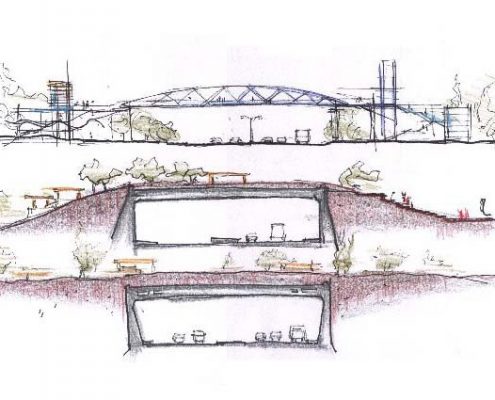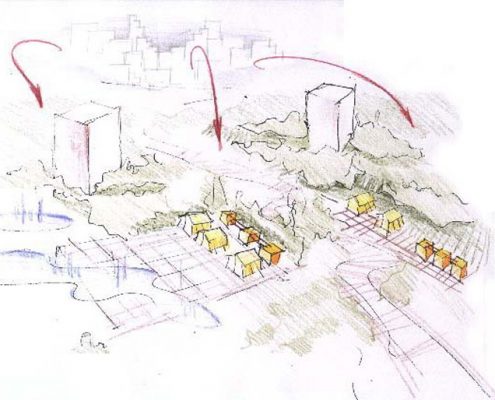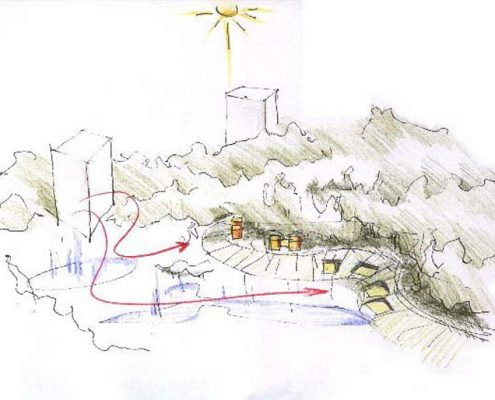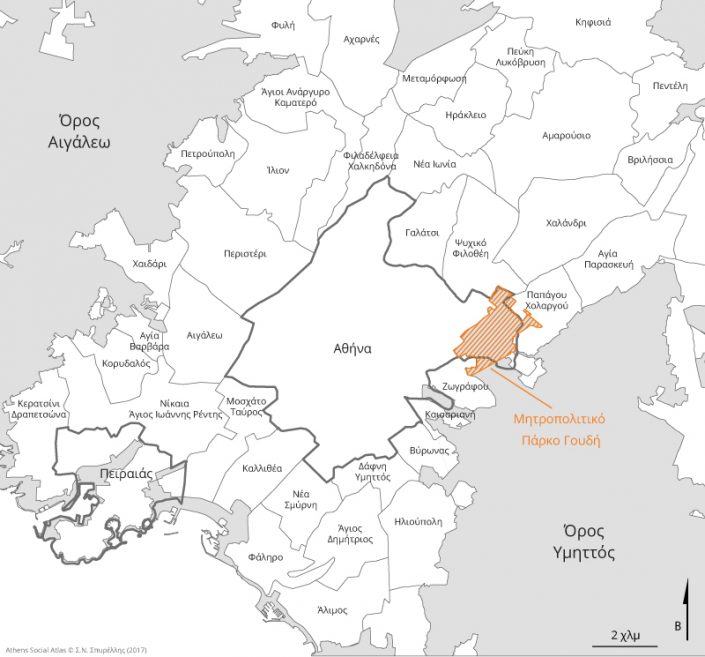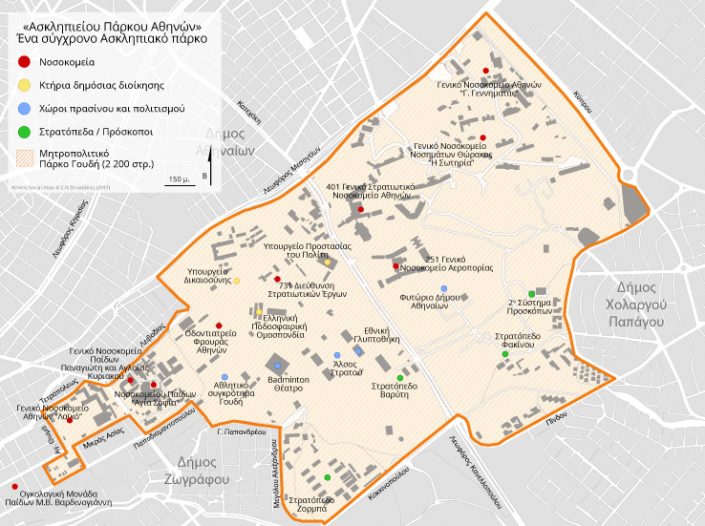2017 | Nov
Asclepieion Athens Park’: Background and Objectives
Modern Asclepieian Parks (MAP) aim at creating the appropriate environment where health and culture are treated (in the ancient sense of the word) in parallel and in harmony, along the lines of the Asclepieion model of antiquity. In this regard, a Modern or Contemporary Asclepieion Park (MAP) should create the appropriate conditions so that the needs for physical health and spiritual cultivation are covered and health becomes part of culture.
The idea for creating the Modern Asclepieion Athens Park (MAP) was initiated by the Associate Professor of the Medical School of the University of Athens, Demetrios Sotiriou and the sculptor Thodoros Papadimitriou, Professor of Plastic at the School of Architecture of the National Technical University of Athens (EMP).
In order to promote the initial idea and to create a positive environment for the implementation of the Programme of Modern Asclepieion Parks, an association called “Friends of the Asclepieion Athens Park” was established. The association was ratified by the relevant Athens Court in 1994.
The proposed area to take the form of a MAP of the “Asclepieion Athens Park” is situated between the municipalities of Athens, Zografou and Cholargos-Papagou and is surrounded by Leoforos Mesogeion, the streets of Kyprou, Pindou, Kokkinopoulou, Thivon, Mikras Asias, Agiou Thoma, Tetrapoleos and Levadias and coincides more or less with the area also known as the “Metropolitan Park of Goudi”.
The area has a surface of approximately 2.200 acres, maximum length of 2.500 meters and width of approximately 1.500 meters. It falls within the scope of the Presidential Decree of 1978 as protected Zone B’ of Ymitos and has the peculiarity that there are many large operating hospitals within it- Laiko, Agia Sophia, Aglaia Kyriakou, Oncological Hospital Marianna Vardinogianni, 401 Military Hospital, 251 Air Force Hospital, Sotiria and Georgios Gennimatas.
There are other uses of public interest and charity, but for the most part the area is free. The site remains largely undeveloped, fragmented, with difficult or no access at all to the public, vulnerable to interventions and continuously restricted due to lack of town and building planning. Large areas of land are abandoned to “arbitrary” coverage and use, without any prospect, proper infrastructures, design aesthetics and without provision for interconnection with areas where health and culture activities are being developed.
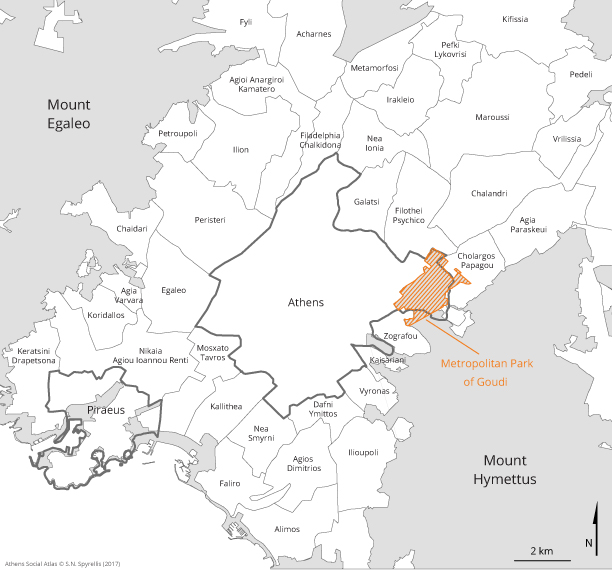 Map 1: The location of the Metropolitan Park of Goudi
Map 1: The location of the Metropolitan Park of Goudi
The MAP in its initial stages must be seen as a large and ambitious research programme with broad social participation and rather short term applications, that enable alternative activities and replacement by new applications along the lines of new developments and innovations in the relevant fields. In this spirit, any facilities deemed appropriate should not be permanent, with the exception of infrastructure for the smooth operation and safety. The whole operation of the MPA is based on advanced telematic networks and other high- tech applications.
Emphasis is given on the designing of emergency infrastructures for major potential disasters, such as earthquakes and fires, for residents around the park and the patients of the eight large hospitals of the Park.
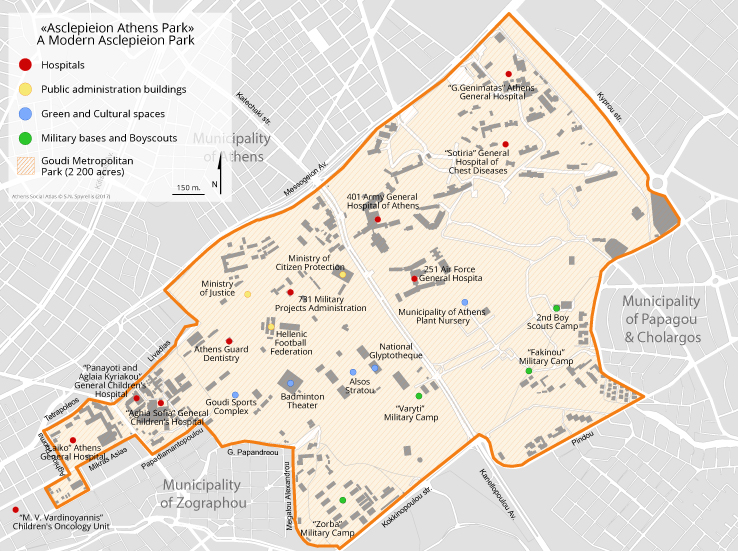 Map 2: The area of the proposed “Asclepieion Athens Park”
Map 2: The area of the proposed “Asclepieion Athens Park”
Development Axes for the “Asclepieion Athens Park”
The Programme of Asclepieian Parks aimed at creating multi- purpose models that would meet immediate needs, but would also be an innovative approach to the simultaneous operation of health care and welfare care facilities with parallel cultural activities (including sports) promoting cultural interaction, and environmental activities. It is in full synergy with the programmes of Healthy Cities and other relevant international initiatives that followed.
Health
10% of citizens at any given time have the need for medical services and are in the hands of doctors and other specialists providing primary, secondary and tertiary medical care. Another 10% have chronic health problems, but are in a position to live an almost normal life by working and participating in all life activities. The remaining 80% is in a good health condition, without the need for medical services. However, they are obliged to take care of their health, to lead a healthy life and to be adequately informed about the functions of their body and the services to which they can resort when needed.
Therefore, 90% of citizens need health care services at any given time. This approach is completely different from the current reality, where almost exclusive attention is given to medicine, rather than to health as a whole, despite the relevant declarations. Based on the definition of the World Health Organisation, “health is the complete physical, mental and social well-being of the individual and not the absence of illness”.
Culture
A major issue in the field of culture is the involvement of citizens themselves and the promotion of new and innovative ideas. The relationship between cultural events and health activities is rather weak and neglected. Culture and health are usually treated autonomously and fragmented from one another, if not with antagonism. The Asclepieian Parks, with a high-standard environment, can offer particularly good conditions for exercise, either in the context of the necessary exercise to maintain good health, or in the context of post medical advice for health rehabilitation and especially after medical treatment.
In-town exercise faces major problems. The phenomenon of exercising in the streets and within the activities of a city is not uncommon. A situation that poses a risk to the safety of the individuals exercising, while being totally inappropriate due to the high concentration of gaseous pollutants. At the same time, the fact that health and culture are not addressed in a single context makes processing and implementation of complex proposals that go beyond the prevailing cultural standards, such as the proposal for the Asclepieion Athens Park, very difficult.
Theatre, music, dance, speech, education, cinema, art exhibitions and sports are activities that can be carried out in an Asclepieion Park, under certain conditions. Furthermore, the architectural interventions themselves and the landscape formation, together with visual interventions are elements of spacial culture.
Environment and social interaction
Healthy environments depend heavily upon human activities. They also depend on the provisions taken to prevent adverse or negative results. The creation of open public spaces and especially green spaces in modern cities is no longer just a need or a request for aesthetics.
A central element of a MAP is the coexistence of health and cultural activities. It is essentially about restoring the fundamental cultural dimension that the very concept of healthcare has. At the same time, Modern Asclepieian Parks are designed to meet the needs of citizens for interaction with other citizens in environmentally-friendly settings, where they can also develop any other skills and activities they wish.
Strategies and application prospects
The “Asclepieion Athens Park” is the first pilot application of the Modern Asclepieian Parks idea. The singularity of the area, the existence of eight major hospital units and the existing legislative grid, favour the immediate initiation of the actions that would lead to the transformation of the site. Its rapid implementation would serve as an example and guide for the creation of similar units in other areas of Athens and in other cities.
An essential prerequisite is the development of a substantive strategy for the implementation of the Asclepieion Athens Park in a reasonable timeframe and with results that will have a strong innovative character and offer effective solutions to the complex problems faced by the inhabitants of the city.
The specific issues that such a strategy has to face are the lack of familiarity of the population with innovative cross-sectoral programmes, the limited development of non-governmental organisations and activities, the often problematic treatment of environmental issues, the disbelief as to the state’s proper handling of affairs and the strict compliance with scientific criteria from the part of the scientific world.
The problem of acceptable quality of the medical services of the National Healthcare System, the deterioration of healthcare, in relation to purely medical services, the need for immediate and systematic information and briefing on health matters in a scientific way, the emergence of the issues of health as part of culture and vice versa, are basic parameters that could create a favourable climate for the promotion of the Asclepieion Athens Park proposal.
Figures 1 & 2: Basic Planning Principles on large scale
Figures 3-6: Basic Planning Principles on the scale of buildings and open spaces
Figures 7-14: Redesigning existing sites
Figures 15-35: Indicative proposals for new uses and venues
Figures 36: System / space management institutions
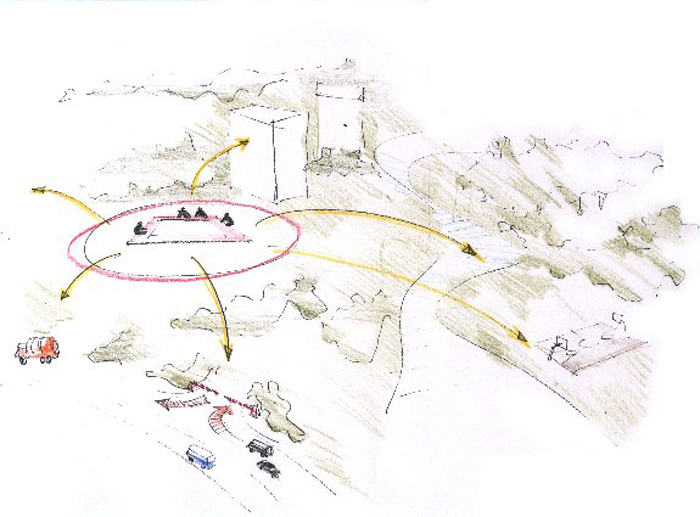
Acknowledgements
Author D. Sotiriou is heavily indebted to Dr Ken Boddy, of Edinburgh for his generous contribution to make the English version of the Modern Asclepieion Parks document suitable for a wide international audience.
Αναφορά λήμματος
Sotiriou, D. (2017) Asclepieion Athens Park: A proposal, in Maloutas T., Spyrellis S. (eds) Athens Social Atlas. Digital compendium of texts and visual material. URL: https://www.athenssocialatlas.gr/en/article/asclepieion-athens-park/ , DOI: 10.17902/20971.76
Αναφορά Άτλαντα
Μαλούτας Θ., Σπυρέλλης Σ. (επιμ.) (2015) Κοινωνικός άτλαντας της Αθήνας. Ηλεκτρονική συλλογή κειμένων και εποπτικού υλικού. URL: https://www.athenssocialatlas.gr/ , DOI: 10.17902/20971.9
References
- Kjisik H (2009) The power of architecture. Towards better hospital buildings. Helsinki: Helsinki University of Technology Department of Architecture. Available from: http://lib.tkk.fi/Diss/2009/isbn9789522480347/isbn9789522480347.pdf
- The European Institute of Innovation and Technology (EIT). Available from: https://eit.europa.eu/eit-community/eit-health
- http://asclepieion.mpl.uoa.gr/parko/
- http://panacea.med.uoa.gr
- http://asclepieion.mpl.uoa.gr/Parko/maketes.htm
- http://www.euro.who.int/en/health-topics/environment-and-health/urban-health/activities/healthy-cities
- http://www.euro.who.int/en/countries/greece

